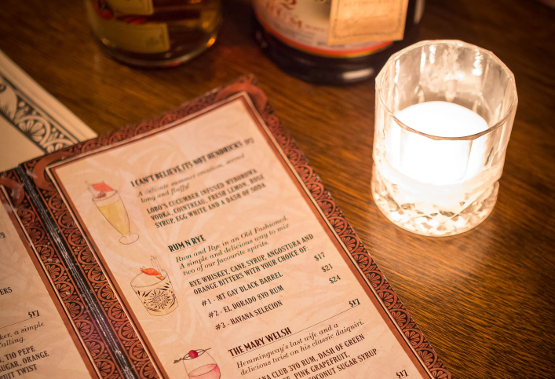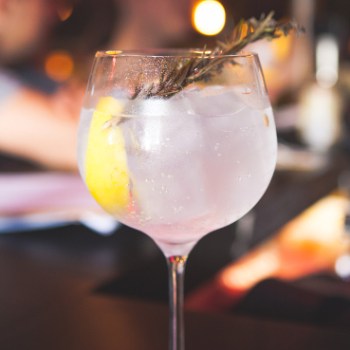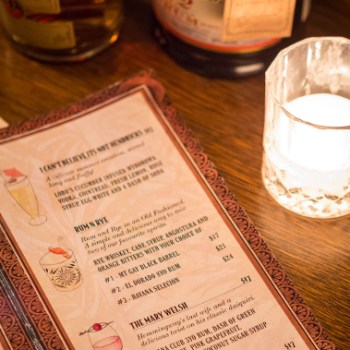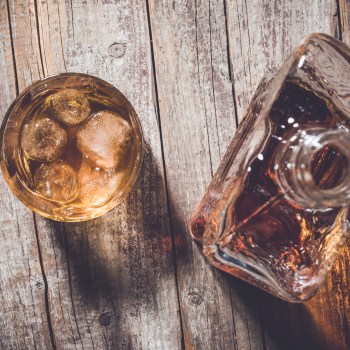By Naren Young
Key take away from Part I: The message you are trying to convey might not always come across how you intended. Ambiguity is a bitch.
That’s why I never use the word ‘syrup’ on any of my menus. It immediately conveys that the drink is sweet, even if it isn’t. For example, if a drink has raspberry syrup in the recipe (such as a classic Clover Club), I would refer to it as ‘raspberry cordial’ on the menu, or simply, ‘raspberry’. The dark disco era of the 70s and 80s ruined many a cocktail for people and they still assume that the majority of drinks are sweet. This is why we need to be even more cognisant of this on our menus and how we word certain ingredients.
Always use words that sound enticing and leave out any that are superfluous or uninspired. There are two schools of thought here: go simple, listing a drink’s ingredients with extreme minimalism, such as this:
Blanco tequila + mezcal + yellow chartreuse + lemon + chili tincture + yellow bell pepper.
The drink certainly sounds tasty, right? This angle certainly frees up room on the menu but it does rely on staff who can articulate the flavor profile of the drink and expand on this brief description when asked. Know what words and ingredients to leave off or find alternatives that sound enticing.
Less is sometimes more.
I do like this approach but I also appreciate those bars that provide a more detailed description, an approach that was very big in London from the late 90s to the mid 2000s. The Lab was probably the most famous exponent of this. Each drink was described in such a fluid, poetic way that each and every one sounded exciting and delicious. That was a very creative time where a drink might read something like this:
“A mouthwatering mixture of Stolichnaya Oranj, raspberry cordial, Lab vanilla sugar, fresh watermelon & lemon juices, muddled with a whisper of Campari & ginger, served tall & charged with Champagne”.
Now doesn’t that sound inviting?
As you can see from this description, a guest can get a pretty clear picture of the drink: how it’s made, how it’s served and most of the ingredients, yet using evocative words that help bring the drink to life. This angle takes a lot more work and does require the person compiling it to have some skills in writing. I employed this angle for many years at several bars and with great success. If you can also keep it cheeky, humorous and light hearted like they often did in London, then even better.
MOVERS AND SHAKERS
Whether you own the bar you work in or not, if you are at all responsible for implementing cocktails, you should take an interest in which cocktails are selling and which are not. It is very easy to print a report that gives you such information. If a particular drink is not selling, try moving it to the top of the menu and then see if things change (or look at the way it is written on the page). The order in which drinks are listed can also be very important to their success.
Not every drink has to be a big mover. I’m not a big proponent of those high octane cocktails that were all the rage a couple of years back (and still are in many places), but that’s just my palate. I think it’s fine to have a couple of drinks that fill this gap (such as a Vieux Carre or an Old Fashioned), as long as they’re balanced by a series of crowd pleasers that are your big sellers and have the best profit margins.
Cocktail names are also something to consider. I’m tired of seeing cryptic cocktail monikers that take a dissertation and a PowerPoint presentation just to understand what the long-winded and unnecessary explanation actually means. Keep names short and punchy that arouse interest but can be described quickly during a busy service.
I am a big proponent of adding slight and subtle touches to classic drinks and therefore they sound familiar to people. People like familiar: Celery Gimlet, Rhubarb Daiquiri, Shiso Collins, Lavender Fizz, Our Summer Julep, Sherry Cobbler.
Of course there are an infinite number of tricks and tips – far too many to mention here – to help make your cocktail menu more exciting, while still being original, eye catching and user friendly. As long you’re aware that language plays an important role in the success of your menu and that some simple changes can make a big difference, especially in terms of consumer perception and how they read and comprehend your cocktail list, then you can certainly count on greater sales.
And wouldn’t that be nice?
Read Part I of Naren’s discussion here.
Sign up for weekly bar industry news straight to your inbox here.



